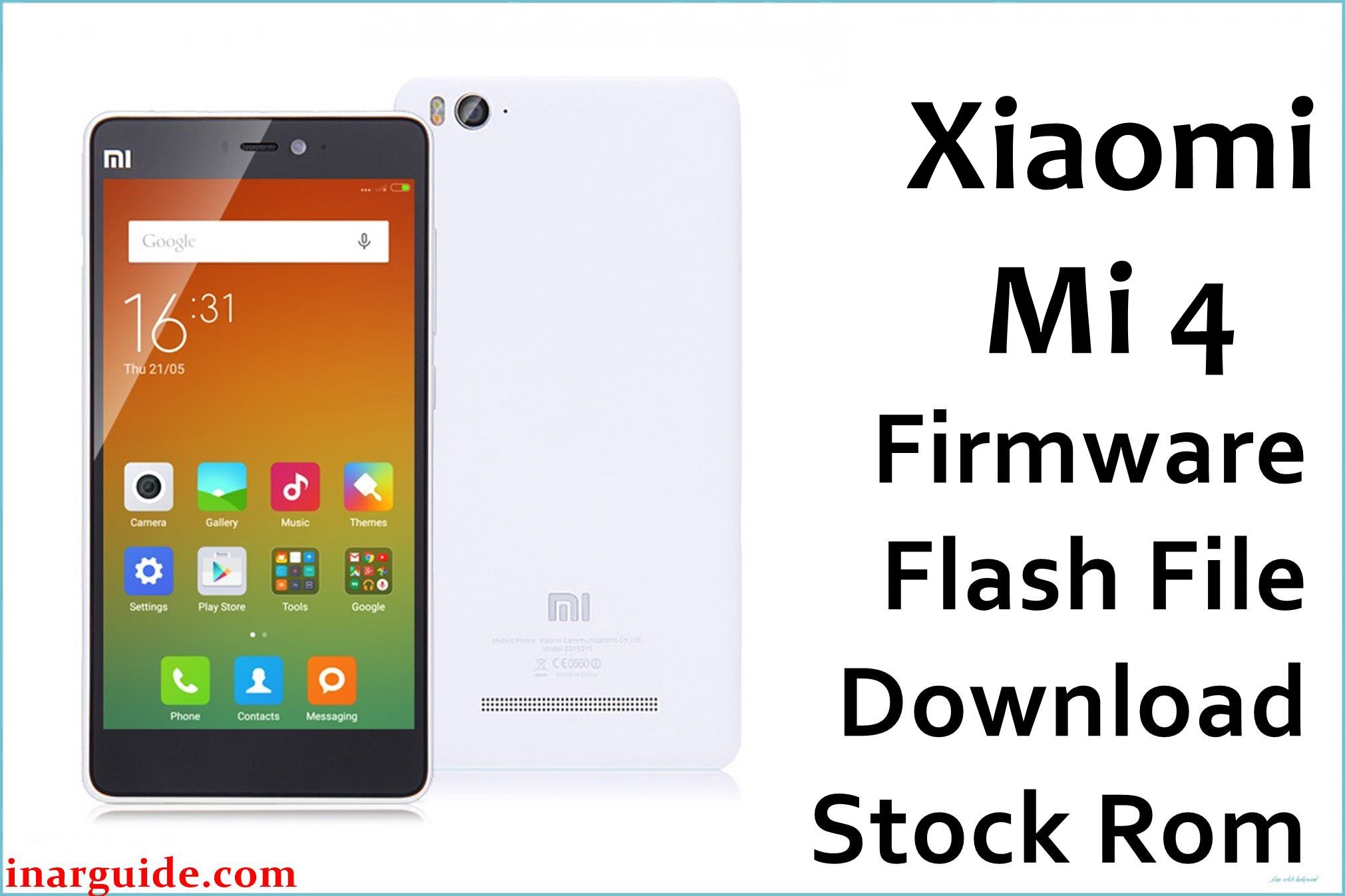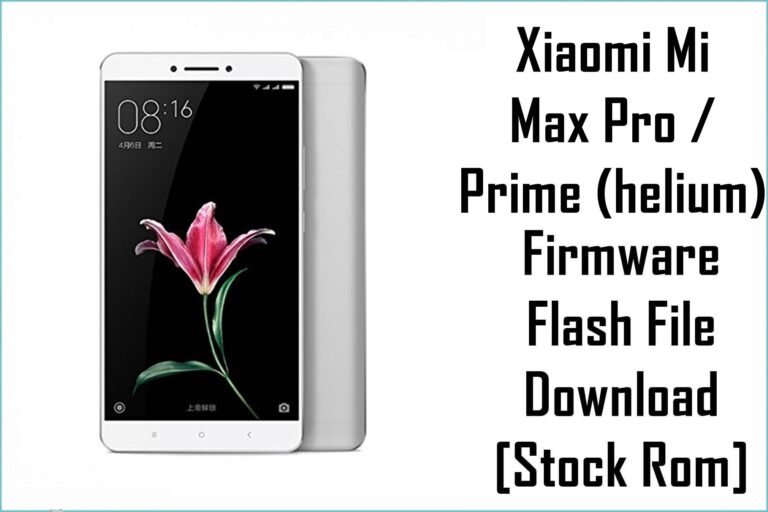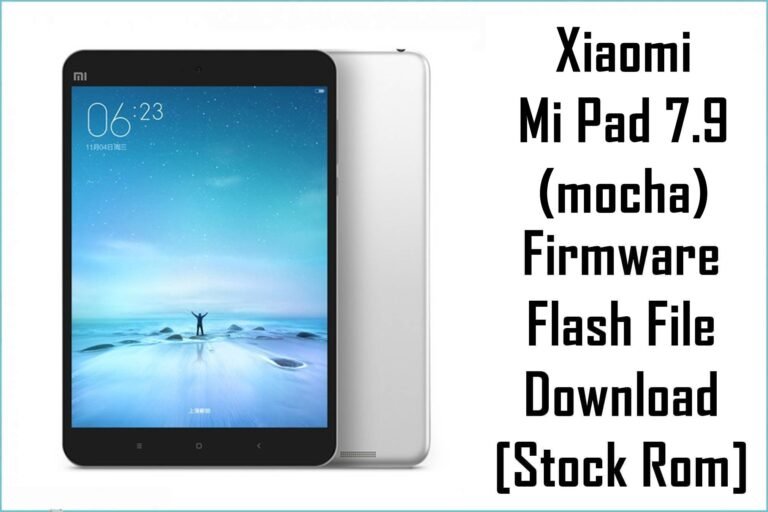The Xiaomi Mi 3 and Mi 4 (codename cancro) are two of the most legendary flagships that defined Xiaomi’s early success. In a unique move, these two distinct devices were built on the same core platform, allowing them to share a unified firmware. The Mi 3 (2013) was a design icon powered by the flagship Snapdragon 800 processor. Its successor, the Mi 4 (2014), refined the design with a premium stainless steel frame and upgraded to the Snapdragon 801. Both were performance champions of their time. For enthusiasts of these classic devices, this page provides official fastboot ROMs for China and Global, the popular Xiaomi.eu custom ROM, and the official TWRP recovery.
Important: This firmware is ONLY for the Snapdragon-based Mi 3 and the Mi 4, which share the cancro codename. It is not compatible with the early Tegra-based Mi 3 (pisces) or any other Xiaomi model.
Quick Device Specs
Xiaomi Mi 3 (cancro)
- Release year: 2013
- Chipset: Qualcomm Snapdragon 800
- Display: 5.0″ IPS LCD, Full HD
- Battery: 3050 mAh
- Original MIUI: Android 4.3 (Jelly Bean), MIUI 5
Xiaomi Mi 4 (cancro)
- Release year: 2014
- Chipset: Qualcomm Snapdragon 801
- Display: 5.0″ IPS LCD, Full HD
- Battery: 3080 mAh
- Original MIUI: Android 4.4.3 (KitKat), MIUI 5/6
Required Downloads
| File / Tool | Download Link |
|---|---|
| Xiaomi Mi Flash Tool (Older Version Recommended) | Download MiFlash20160401 |
| Xiaomi USB Drivers | Included with Mi Flash Tool |
| Bootloader Unlock Tool | Official Mi Unlock Page |
Official & Custom ROMs / Recovery
| Region | Build | Android | Type | Download | Codename |
|---|---|---|---|---|---|
| China | V10.1.1.0.MXDCNFI | 6.0 | Official Fastboot ROM | Download | cancro |
| Global | V9.5.7.0.MXDMIFA | 6.0 | Official Fastboot ROM | Download | cancro |
| Xiaomi.eu (Custom) | V9.5.1.0.MXDCNFA (Based) | 6.0 | Custom Recovery ROM | Download | cancro |
| TWRP (Official) | 3.7.0_9-0 | — | Custom Recovery | Download | cancro |
How to Flash Official ROM (Mi Flash Tool)
This is a quick checklist for this device. For a complete tutorial on installing drivers, unlocking the bootloader, and troubleshooting, please read our master guide:
Read Our Ultimate Guide to Mi Flash Tool
Use this method to unbrick your phone or restore official MIUI firmware.
- Boot into Fastboot mode (Power + Volume Down).
- Extract the official firmware (.tgz file) and select the main folder containing the
/imagesdirectory in Mi Flash Tool. - Select clean all for a safe installation (you can use clean all and lock to return to a fully stock, locked state).
How to Install TWRP & Flash Custom ROMs
Use this method to install the Xiaomi.eu custom ROM or other community-developed ROMs.
What is TWRP? TWRP (Team Win Recovery Project) is a powerful custom recovery that replaces your phone’s limited stock recovery. It is the essential tool that allows you to install custom software (.zip files), create full backups of your system (a “Nandroid”), and perform other advanced maintenance. The official ROMs on this page do not require TWRP.
Disclaimer: This is an advanced process. Proceed at your own risk.
- Unlock the Bootloader: If your device has a locked bootloader, use the official Mi Unlock Tool.
- Flash TWRP:
- Boot your phone into Fastboot mode (Power + Volume Down) and connect it to your PC.
- Using ADB & Fastboot tools, flash the downloaded twrp-3.7.0_9-0-cancro.img file with the command:
fastboot flash recovery twrp-3.7.0_9-0-cancro.img
- Boot into TWRP: After flashing, immediately boot into recovery by holding Power + Volume Up.
- Install Custom ROM:
- In TWRP, it’s recommended to first perform a Factory Reset via the “Wipe” menu.
- Transfer the Xiaomi.eu .zip ROM file to your phone’s storage.
- In TWRP, tap “Install,” select the .zip file, and swipe to confirm the flash.
Device-Specific Troubleshooting for Mi 3 / Mi 4 (cancro)
These classic flagships have some specific requirements for flashing.
- MUST Use an Older Mi Flash Tool: These are classic devices from 2013-2014. Modern versions of Mi Flash Tool will not work and will cause errors. You must use a compatible older version, such as MiFlash20160401, to successfully flash official firmware.
- Hard Brick Recovery (EDL Mode): If your phone becomes completely unresponsive (hard bricked), it can be recovered via EDL Mode (Qualcomm 9008). This requires opening the device and shorting specific test points on the motherboard while connecting to a PC.
- Partition Size for Modern Custom ROMs (Advanced): The original system partition on the Mi 3/4 is too small for modern custom Android ROMs (Nougat and above). Before flashing a newer custom ROM from a community like XDA, you must re-partition your device. This is usually done with a special script or modified TWRP provided by the ROM developer. Failure to do this will cause the flash to fail.
- Distinguishing the Mi 3 Variant: This firmware is only for the Snapdragon 800 version of the Mi 3. If you have the very early Tegra 4 version (codename pisces), these ROMs will not work.
FAQs
Q1. Why do the Mi 3 and Mi 4 use the same ROMs? The Snapdragon version of the Mi 3 and the Mi 4 were built on the same fundamental hardware platform. This allowed Xiaomi and the developer community to maintain a single, unified firmware (codename cancro) that works on both devices.
Q2. What was the final official update for these devices? The Mi 3 and Mi 4 had an incredibly long official support life. They launched with Android 4.3/4.4 and received their final major OS upgrade to Android 6.0 Marshmallow. Their final official MIUI version was MIUI 10.



